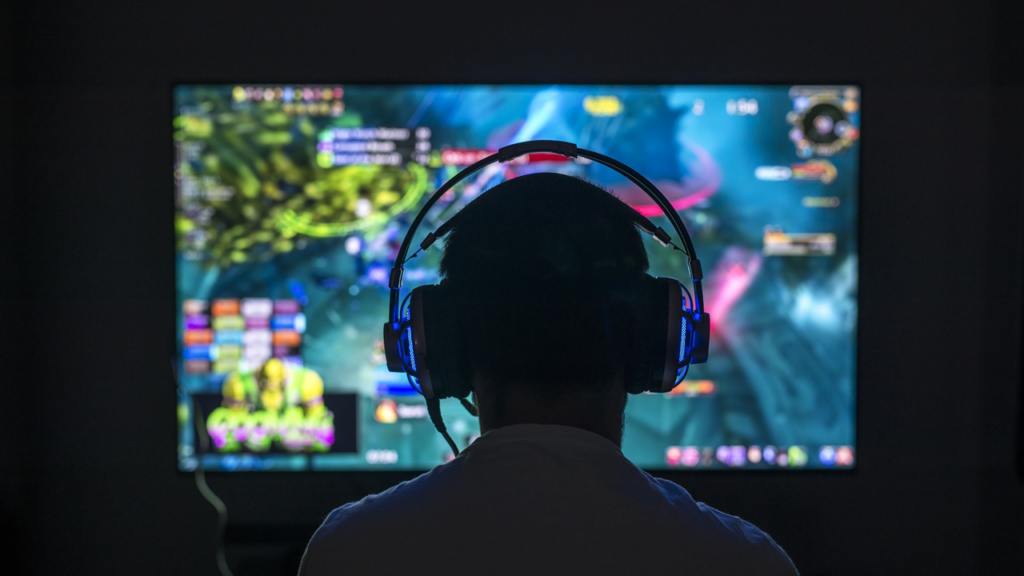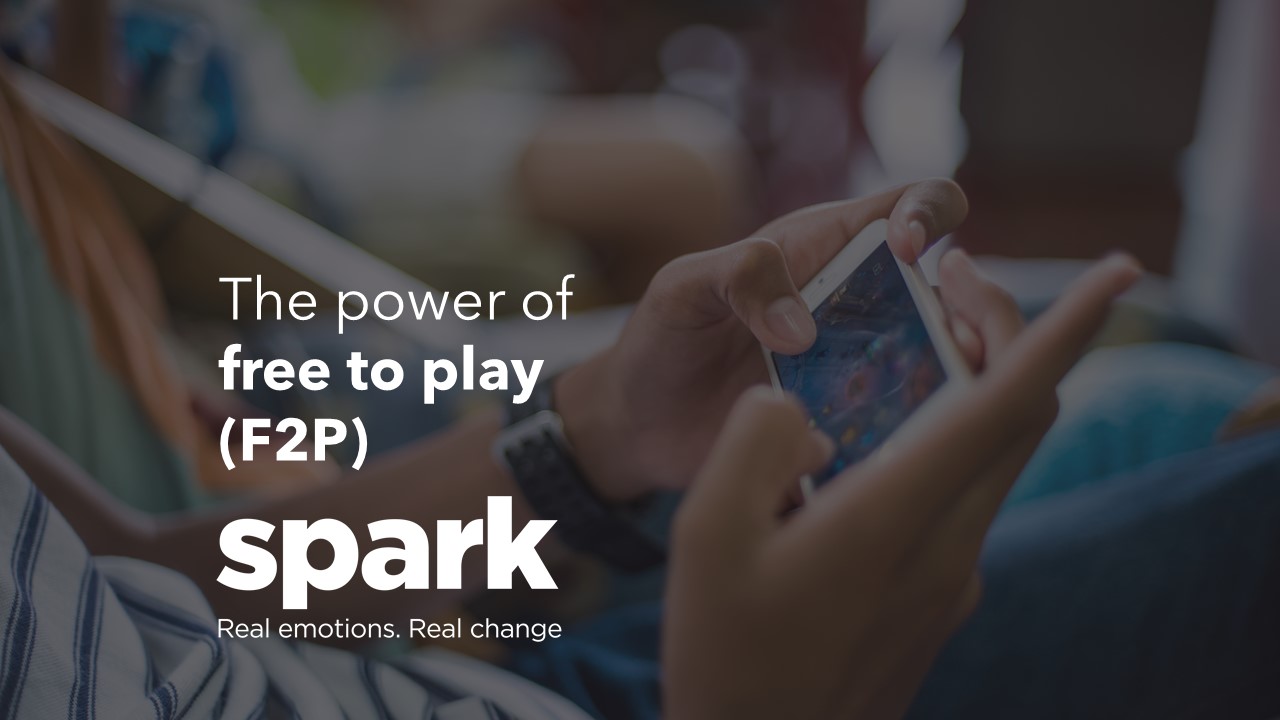Free to play games are fast becoming one of the dominant forms of online gaming across mobile, PC, and consoles, making billions of dollars in the process for developers and publishers along the way.
By being free, the game exposes itself to the maximum number of players that may be interested in playing it, whilst still enabling gamers to pay for in game items if they want to enhance their gaming experience. But the success of these games is not just about the enjoyment, or the addictiveness players feel.
The free to play model uses some of the most powerful psychological learnings from the last 20 years to their advantage, making free to play games examples of the most profitable, but also controversial games available to players.

The psychology of ‘Free’ is one of the most powerful tools available to marketeers. ‘Free’ offers a no-risk decision to shoppers and consumers, with the potential for little to no effort being used. As humans, both loss and effort are two things we actively attempt to avoid when making decisions if the pay off isn’t great enough.
Loss aversion is well-documented within the field of cognitive psychology and behavioural economics. The large body of evidence shows that we as humans vastly prioritise avoiding losses to risking gains. Tversky and Kahneman have even quantified that the pain of losing is psychologically twice as powerful as the pleasure of gaining. Therefore, the idea of not having to pay for a game where we stand to win some pleasure, or even gain financially, is a powerful hook.
“Free” disproportionately affects our decision-making ability when it comes to choosing products, having the power to completely reverse our choices. Dan Ariely found that he could change a person’s preference by changing the price of chocolate by just 1 cent. Participants were offered two chocolates: a Lindt truffle for 15 cents, or a Hershey’s Kiss for 1 cent. Given the premium-ness of the truffle, most participants rejected the Kiss. When the researchers lowered the cost of both items by 1 cent (still leaving a 14-cent price difference), people overwhelmingly chose the Hershey’s Kiss!
So, if the “Free” in “Free to Play” explains why so many of us get hooked, how do we explain why so many people are then willing to pay money to continue playing these games?

Most free to play games offer paid items that can be purely cosmetic, accelerate progression speed, or enhance the power of the player. All of these tap into the different goals and motivations of gamers, as well as breathing new life into a game that consumers may start to get bored with.
Micro-transactions offer the player the ability to fulfil their in-game goals for small cost. If I want to get maximum enjoyment from a game, my choice may be between a $60 game, or a free game + $10 (and probably more) further down the line.
Research has shown that we actually experience a form of pain and disgust when we pay money for things. The more we experience this pain of paying, the less we enjoy the thing we have paid for, so we try to avoid it. Interestingly, the less connected we are with the act of paying (such as using a credit card, or paying for a monthly subscription), the less pain we feel, and therefore the more we enjoy the product or service.

Unsurprisingly then, most free to play games employ the use of virtual in-game currencies. This allows the player to make one initial payment to buy the currency, but after that all transactions are made using in-game currency, ensuring the player only needs to experience the paying-pain once (until they want to purchase more currency). This is also an example of a sunk cost, as often the currency cannot be refunded once the purchase has been made, so players will continue to spend as much of their virtual currency as possible, which then increases their reliance and preference for the in game items/perks etc. creating a cycle. Controversially, in some cases this has been combined with ‘loot boxes’, where players can gamble real or in-game currencies for the chance to win in game items.
Of course, everyone experiences the pain of paying differently, but the success of this model only highlights its universal appeal to players. Recent research has shown that whilst the number of Free to Play transactions are increasing, the amount being spent in them is actually falling slightly, highlighting that developers are realising that lowering the pain of paying, can actually increase overall spend across the lifetime of a game.

Written by Will Morgan, Associate Director at Spark Emotions
If you have any questions, feel free to reach out to Will via email will.morgan@sparkemotions.com or connect with him on LinkedIn







